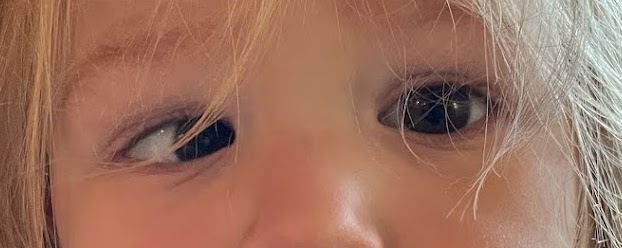First occurring between 18 months and five years of age, partially accommodative esotropia (PAET) is a common form of strabismus, accounting for 46% of comitant esotropia and 10% of esotropia in Chinese children. While PAET shows partial response to hypermetropic spectacle correction, incisional surgery has long been the favored treatment approach. Recently, evidence has suggested that another treatment method—botulinum toxin A (Botox) injection—may be a safe and cost-effective alternative to surgery, especially for small-angle esodeviations and acute acquired comitant esotropia. To see how the two interventions stack up against one another, a new study compared their long-term effects in a cohort of children with PAET.
 |
|
While certain outcomes depended on age of onset, this study found injection with Botox to be a safe, accessible and low-cost alternative to incisional surgery for patients with partially accommodative esotropia. Photo: Sgfin/Wikimedia Commons. Click image to enlarge. |
Included in the retrospective comparative clinical study were 98 patients with PAET who were treated via a bilateral medial rectus injection of BTX-A (28 patients), bilateral medial rectus muscle recession surgery (BMR rc; 45 patients) or unilateral medial rectus muscle recession combined with lateral rectus muscle resection surgery (R&R; 25 patients). Patients all had at least 12 months of follow-up.
For patients with an onset age of equal to or more than 2.5 years, motor success rates at distance and near fixation were lower in the Botox group compared to the surgery groups. However, for children with an onset age of less than 2.5 years, there was no statistical difference in motor success rates among the three surgical approaches.
Additionally, the study authors reported no statistical difference in sensory outcomes for patients regardless of onset age or treatment methods. Notably, among both surgery groups, consecutive exotropia occurred in around 10% of patients, but no patient developed consecutive exotropia in the Botox group.
Taking all these findings into account, the study authors concluded in their paper for American Journal of Ophthalmology that Botox injection “is a reasonable option for treating children with PAET and is safe, accessible, and less costly than incisional surgery.” Although Botox has a lower overall motor success rate, the authors point out, it may be preferable to incisional surgery for patients with earlier onset esotropia (≤2.5 years old), “since motor and sensory outcomes in the younger cohort were equivalent.” Finally, they added, “For later-onset esotropia, the development of consecutive exotropia was more common in patients treated with bilateral medial rectus recession, and a unilateral recess-resect procedure may be a better choice.”
Wang Y, Jiang J, Li L. Long-term effects of botulinum toxin a versus incisional surgery for management of partially accommodative esotropia in children: comparison of three approaches. Am J Ophthalmol. May 2024. [Epub ahead of print]. |

